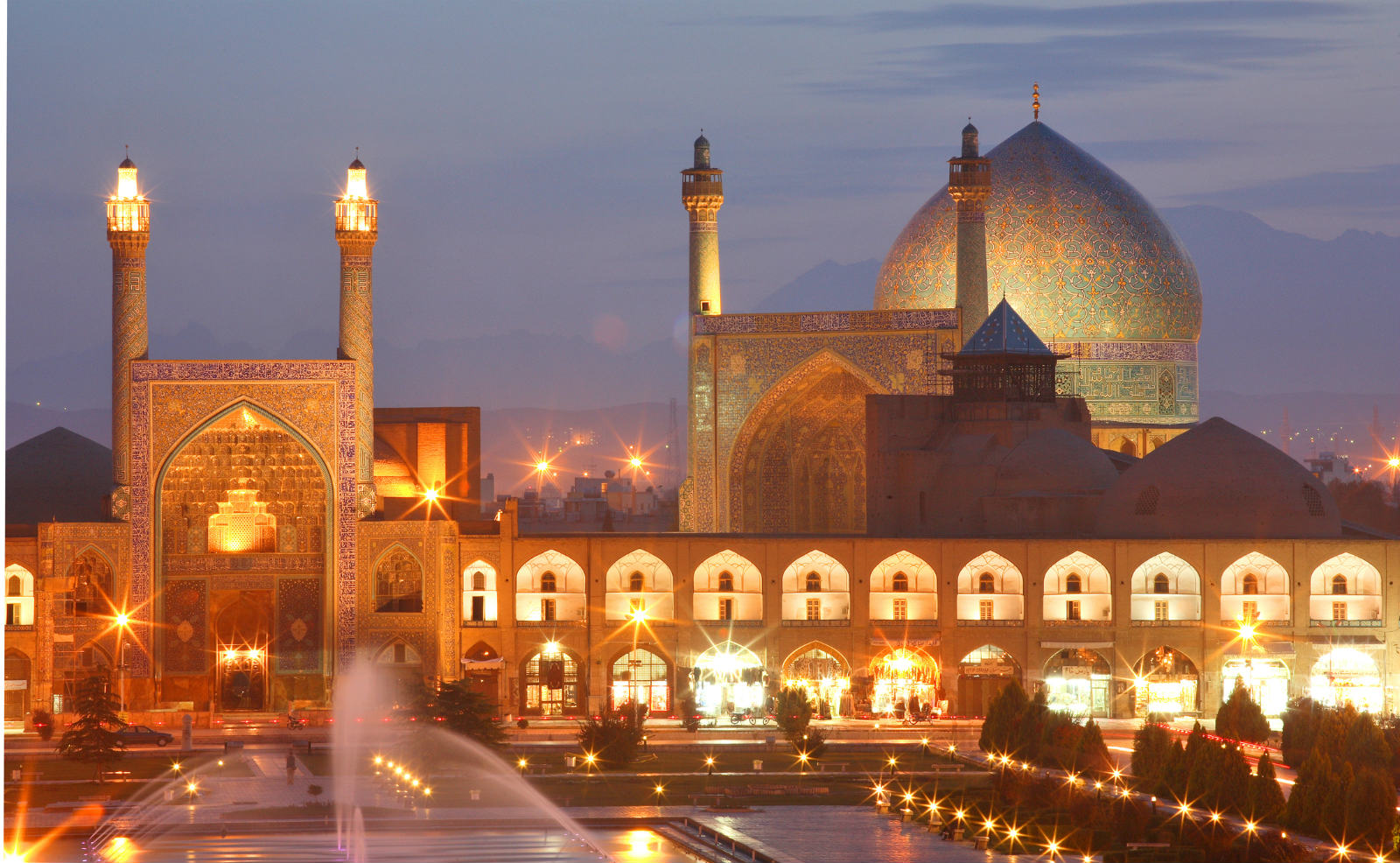
Introduction
The issue of asylum seekers has taken centre stage in the UK, particularly concerning the housing of these individuals in various facilities. One such facility is Cameron Barracks in Scotland, which has been in the spotlight due to the influx of asylum seekers and the government’s response to accommodate them. Understanding the implications of this situation is crucial, as it touches on humanitarian, social, and political aspects that are relevant to many communities.
The Background of Cameron Barracks
Cameron Barracks, a former military installation, has recently transitioned into a temporary accommodation facility for asylum seekers. This change comes in response to the rising number of individuals seeking refuge in the UK, with statistics indicating a significant uptick in asylum applications compared to previous years. In 2023, the UK received over 40,000 asylum applications, leading to a strain on existing resources and facilities.
Conditions and Local Response
Reports from various humanitarian organisations indicate that while the basic needs of the asylum seekers at Cameron Barracks are being met, there are ongoing concerns about the conditions within the facility. Critics have noted that living arrangements and support services may not be sufficient to cater to the needs of vulnerable populations, including families and unaccompanied minors. Local communities have expressed mixed feelings; while many advocate for compassionate treatment of asylum seekers, there are also concerns about increasing pressures on local resources and services.
Government’s Stance and Future Implications
The UK government has defended its decision to use Cameron Barracks as an asylum seeker accommodation site, citing urgent necessity as a driving factor. Home Secretary Suella Braverman has communicated that the rapid increase in arrivals has compelled the government to utilise available buildings, including military facilities, to alleviate congestion in established asylum processing centres. However, there are ongoing discussions in Parliament concerning the long-term viability of such arrangements and the ethical considerations surrounding them.
Conclusion
The situation of asylum seekers at Cameron Barracks encapsulates a broader narrative within the UK’s immigration policy framework, highlighting both the immediate challenges and long-term implications. As the government grapples with issues of accommodation and integration, it remains imperative for local communities and policymakers to find a balance that addresses the humanitarian needs of asylum seekers while also considering the concerns of existing residents. The coming months will be pivotal in shaping the future of asylum accommodation in the UK, including the role of facilities like Cameron Barracks in this ever-evolving landscape.
You may also like

Key Developments and Current Events in Iran

The Darkness: Current Events and Musical Journey
